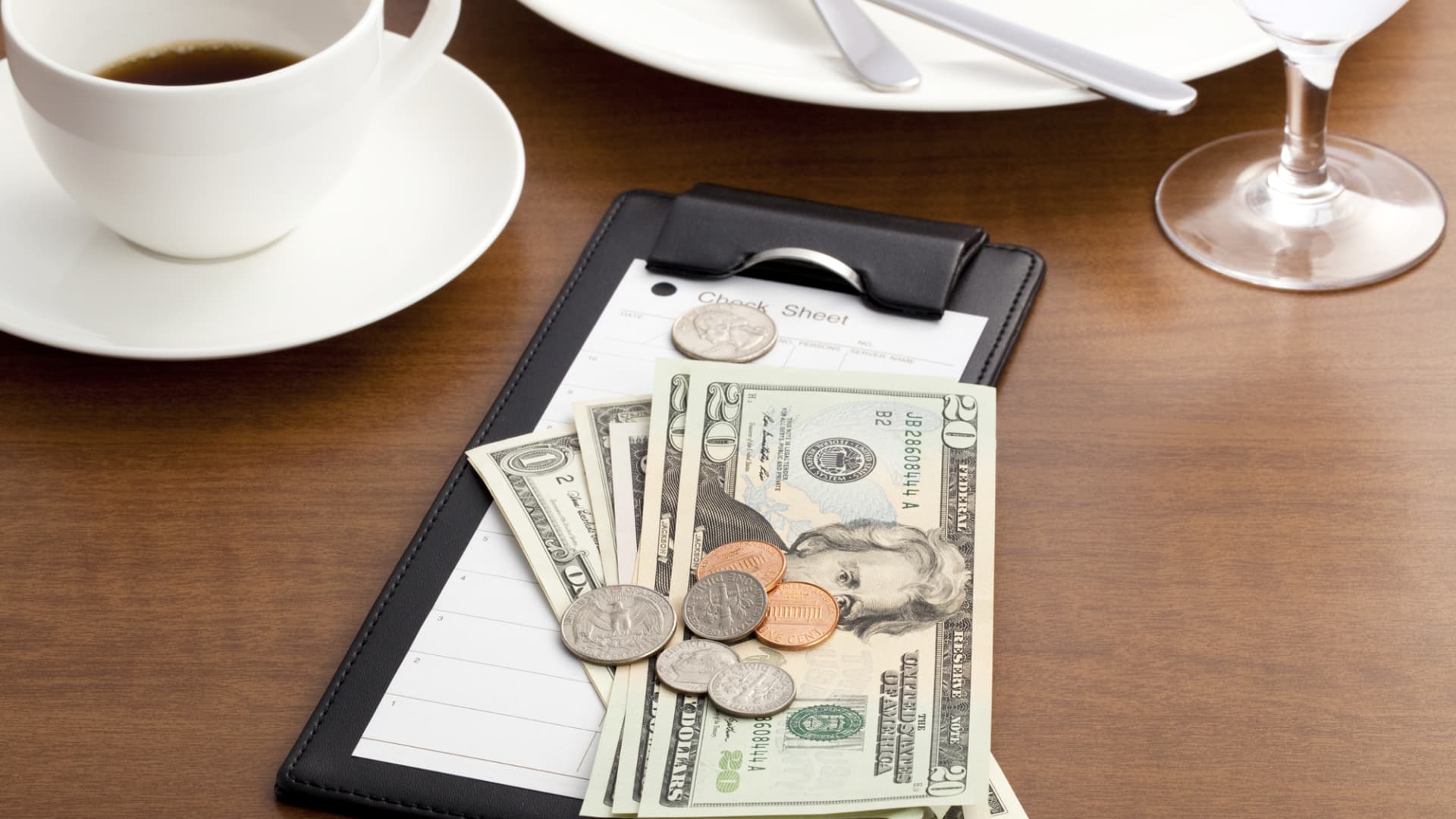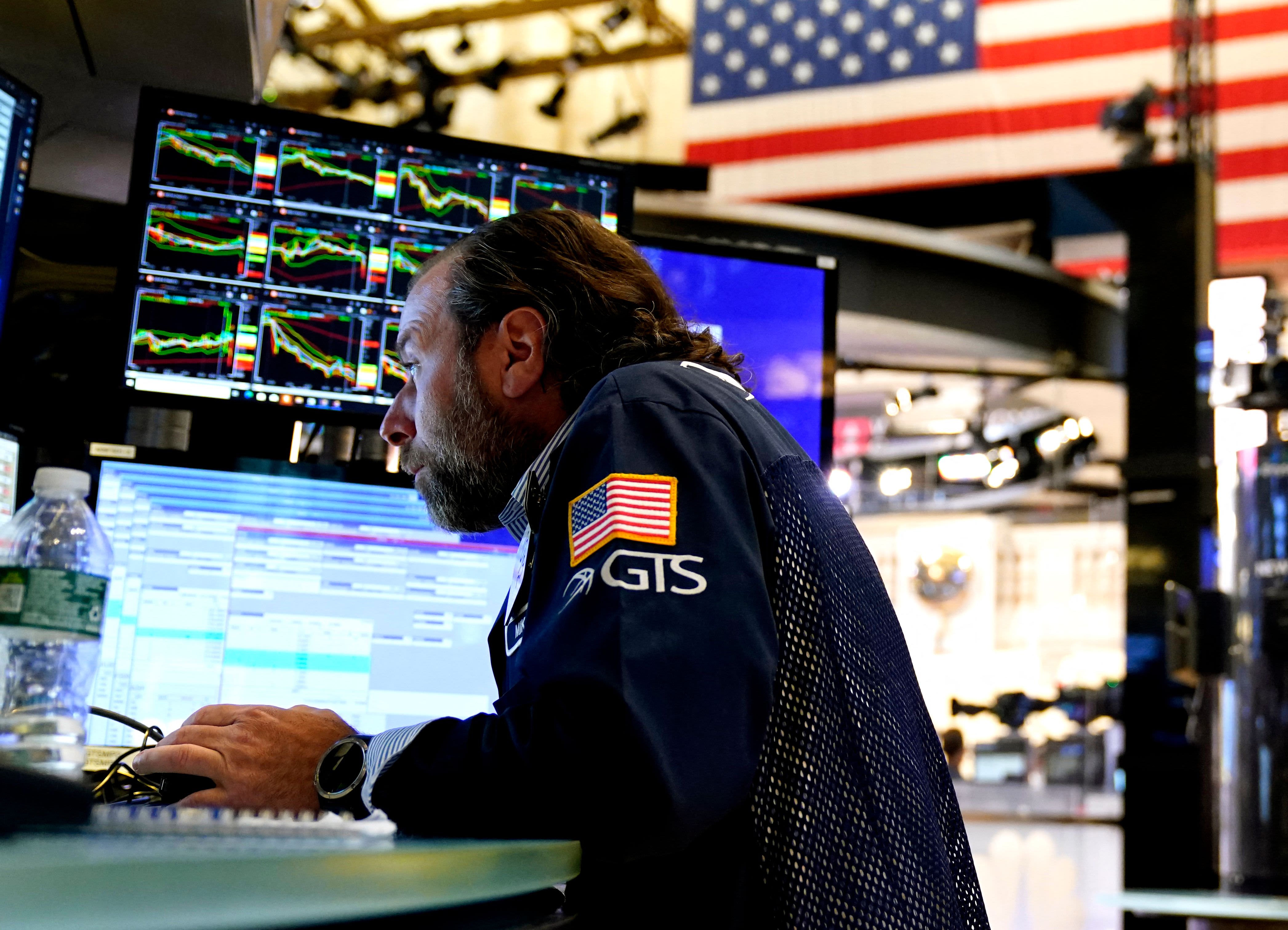From self-service fast-food restaurant kiosks to smartphone delivery apps, there are more opportunities to tip for a wider range of services than ever before.
But between the high cost of living and uncertain economy, cash-strapped consumers are starting to tip less — and resent tipping prompts even more.
related investing news
Fewer consumers now say they “always” tip when dining out compared with last year, according to a new report by Bankrate, or for other services, such as ride-shares, haircuts, food delivery, housekeeping and home repairs.
More from Personal Finance:
Even as inflation rate subsides, prices may stay higher
Here’s the inflation breakdown for April 2023, in one chart
Who does inflation hit hardest? Experts weigh in
“Inflation and general economic unease seem to be making Americans stingier with their tipping habits, yet we’re confronted with more invitations to tip than ever,” said Ted Rossman, Bankrate’s senior industry analyst.
Many feel the pressure to tip has increased over the last year, NerdWallet’s consumer budgeting report also found.
However, two-thirds of Americans have a negative view about tipping, according to Bankrate, particularly when it comes to contactless and digital payment prompts with pre-determined options that can range between 15% and 35% for each transaction.
“Now you have to go out of your way to not tip and that’s what a lot of people resent,” Rossman said.
Tipping 20% at a sit-down restaurant is still the standard, etiquette experts say. But there’s less consensus about gratuity for a carryout coffee or other transactions that didn’t involve a tip at all in the past.
While tipping at full-service restaurants has held steady, tips at quick-service restaurants by guests fell to a five-year low of 16.7% in the first quarter of 2023, according to Toast‘s most recent restaurant trends report.
Americans have ‘tip fatigue,’ resent ‘tip creep’
“Part of it is tip fatigue,” said Eric Plam, founder and CEO of San Francisco-based startup Uptip, which aims to facilitate cashless tipping.
“During Covid, everyone was shell shocked and feeling generous,” Plam said.
“The problem is that it reached a new standard that we all couldn’t really live with,” he added, particularly when it comes to tipping prompts at a wider range of establishments, a trend also referred to as “tip creep.”
“Now we are inventing new scenarios where tipping should occur.”
Some workers rely on tips, some don’t
Yet, since transactions are increasingly cashless, having a method to tip workers in the service industry earning minimum or less than minimum wage is critical, Plam added.
In fact, the average wage for fast-food and counter workers is $14.34 an hour for full-time staff and $12.14 for part-time employees, including tips, according to the most recent data from the U.S. Bureau of Labor Statistics.
“People should know that the livelihood of that person is largely based on how much tipping happens,” Plam said.
In other cases where workers don’t rely on gratuity for income, “we, as consumers, should use our own judgment.”
That doesn’t mean consumers need to necessarily tip less, Plam added, but “think about whether that person improved your experience.”
“It’s time to take a stand,” he said.


